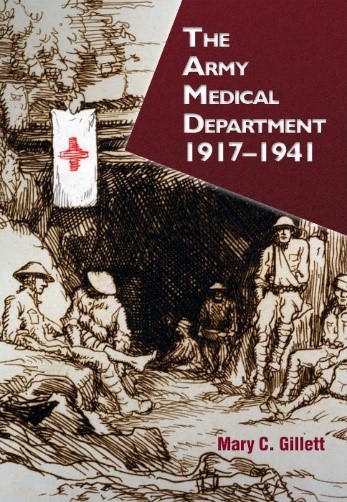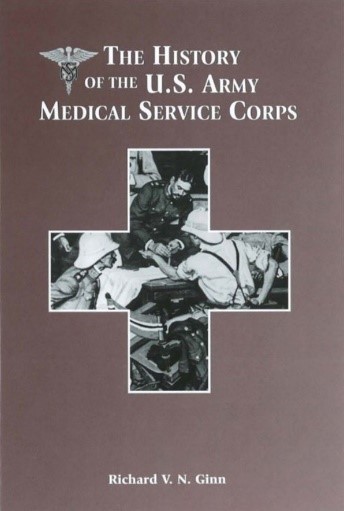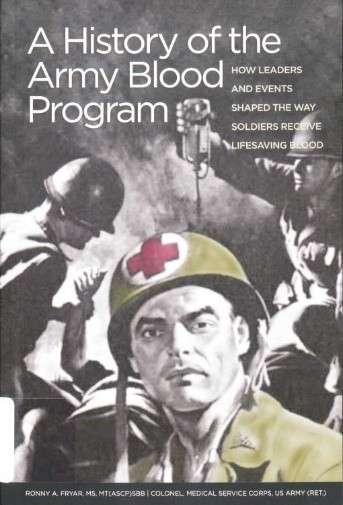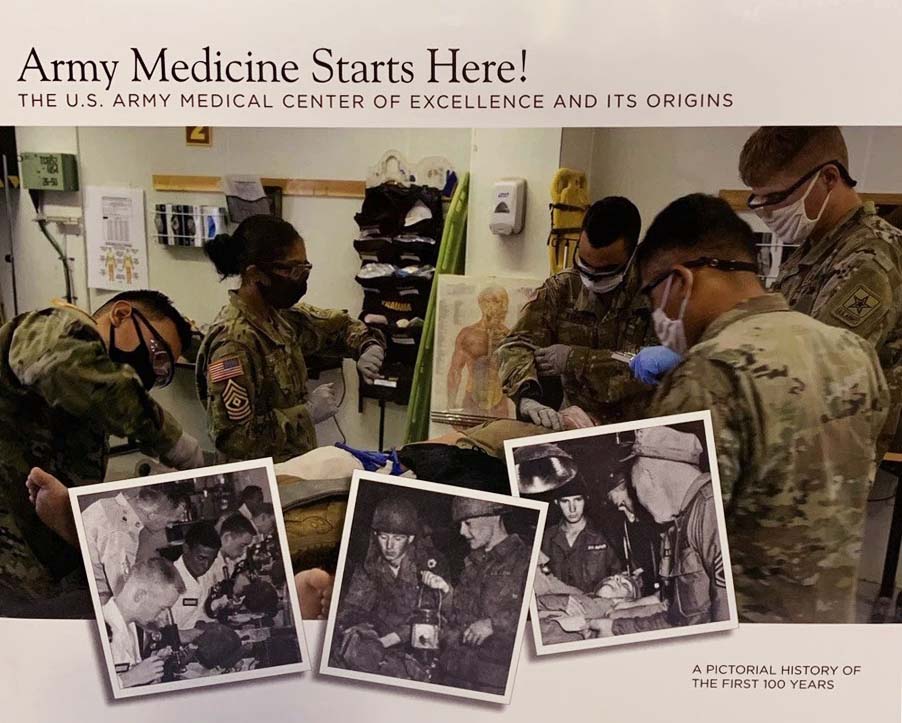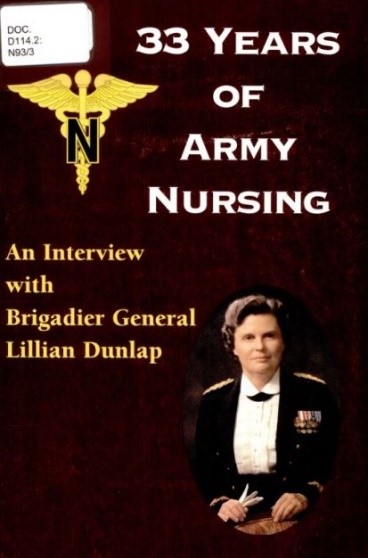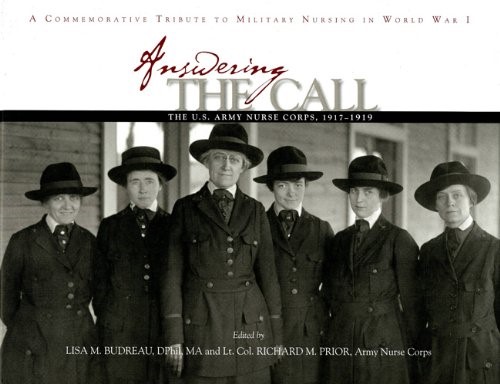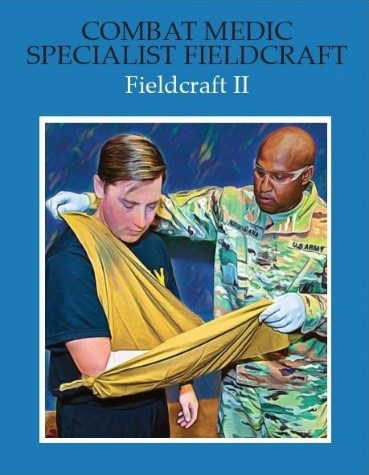This May, we honor the medical service of our military personnel, whose unwavering dedication has been vital in preserving the health and safety of soldiers both in times of conflict and peace.
For over a century, military medical professionals have played a crucial role in the success of U.S. military operations. Their tireless commitment to serving their country, often under challenging and dangerous circumstances, exemplifies the very spirit of selflessness and bravery. This display commemorates the exceptional contributions of those in the Army Medical Corps and other military medical branches who have cared for and protected countless service members.
